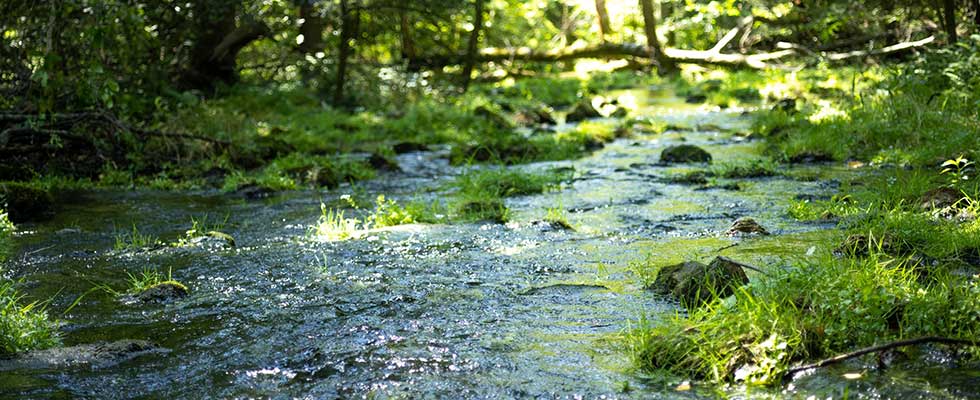
Without water, there is no food.
This truth is often applied to agriculture, but it is valid at all stages of the food and beverage production process.
In fact, a 2021 Barclays analysis finds that the consumer staples sector—which includes food, ingredients, agribusiness, meat, beverages, tobacco and household and personal care—has some of the highest water risk of any industry. Its research suggests that water risk should lead environment, social and governance (ESG) factors among consumer staple investors, as the true cost of water could be three to five times greater than what companies are reporting.
Unfortunately, water has not received enough attention in corporate sustainability or ESG discussions, according to Matt Howard, vice president of water stewardship at The Water Council. Although food and beverage companies such as General Mills and PepsiCo are leaders in corporate water stewardship, many companies in the sector are still not addressing water risk as an operational risk.
Corporate water stewardship is critical because all companies use or impact water resources in some fashion and thus face water risk, including flooding, scarcity and pollution. Rae Mindock, manager for responsible water practices at SCS Global Services, thinks it is particularly vital for food and beverage companies, and not just because water is a key ingredient in their products.
Mindock believes one of the first steps in improving water stewardship in food processing should be switching from the mindset of how it has always been done to data-driven practices. For example, if a company has always rinsed its equipment five times but finds that the system is clean after two rinses, that can result in heavy water savings.
Mindock said it is also critical to monitor water use to identify leaks and other problems. For some companies, that means installing metering equipment or adopting a “dry floor policy” so employees can easily see where water is leaking.
In the past, companies have not always focused on water use because water is so cheap in the United States. However, Mindock argues companies cannot look only at the direct costs to procure water when weighing the benefits of water stewardship.
For example, reducing pump usage can significantly reduce energy costs. Less water used also means less water that needs to be treated, either on-site or through a local municipality.
Howard said that companies should also take water risk into account. A recent report by CDP, an environmental reporting and disclosure nonprofit, estimates the cost of inaction on water risks is up to five times the cost of action. This is particularly true for business-to-consumer companies, who face higher reputational risk based on their perceived impacts on water resources. According to Howard, these companies can enhance brand value by taking credible water action. If that sounds overwhelming, start small. Corporations should begin by identifying their facilities with the highest water risk based on usage and the conditions of the local watershed.
“Companies should make sure they are looking at sites with the greatest ability to impact,” Mindock said.
One provider of water products, BlueTriton Brands, has focused on water stewardship for quite some time. In fact, it has certified 16 of its 28 facilities across
15 sites to the Alliance for Water Stewardship Standard, a comprehensive global standard for measuring responsible water stewardship at the site level.
Its water stewardship strategy centers on water quality and safety, conservation and management of natural resources and community access to water, which includes providing bottled water to disaster victims and making sure communities have long-term access to reliable water systems.
For example, the company is working with a nonprofit to bring water and wastewater services to neighborhoods in El Paso, Texas, that have not had them before. It also conserves about 20,000 acres in North America from development in order to preserve natural resources, including the spring water that makes up about two-thirds of its business.
Howard stressed that The Water Council works with companies of all sizes and at all stages of their water stewardship journey, from those that have been pursuing water stewardship for years to others that are just beginning.
The important thing is to get started as soon as possible because water issues are not going away.

